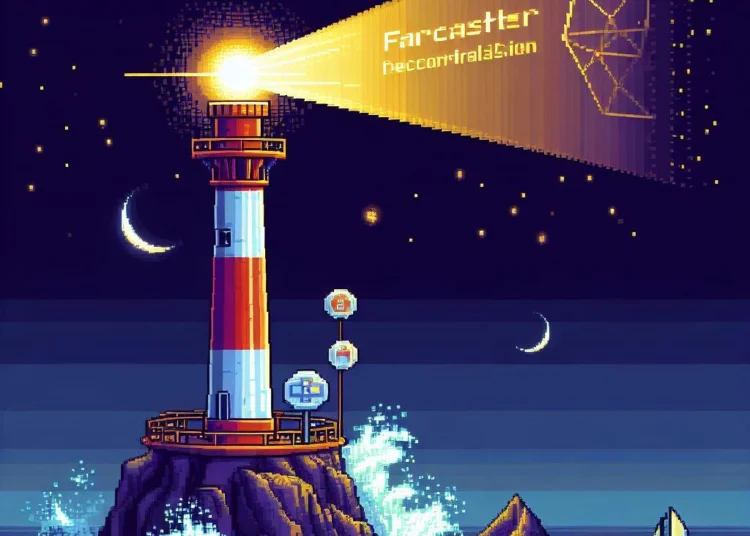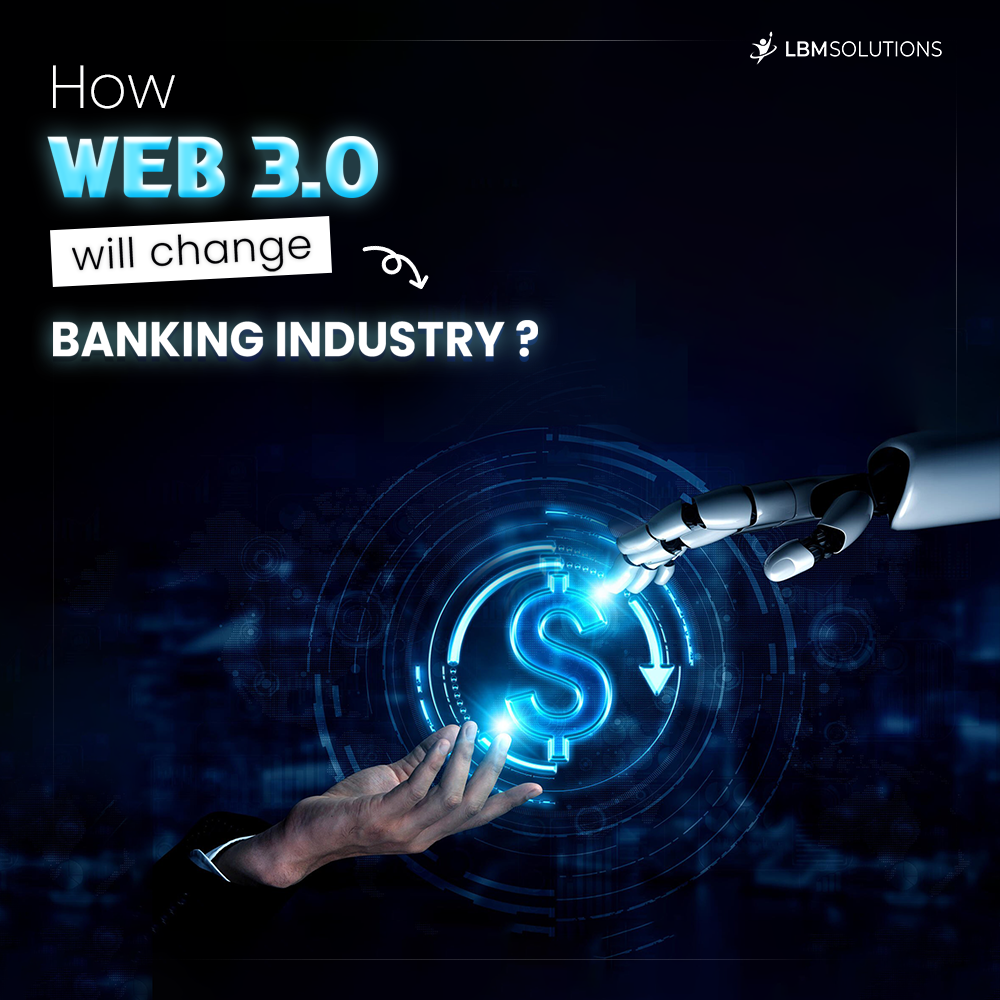Farcaster: A Beacon of Decentralization in the Social Media Storm
For years, the centralized giants of social media have faced mounting criticism for their control over user data, the prevalence of censorship, and the manipulation of algorithms. This has fueled the search for a decentralized alternative, a platform where users own their data, freely express themselves, and experience a genuine sense of community. Enter Farcaster, a crypto project that has captured the imagination of many with its unique blend of web2 familiarity and web3 decentralization. But is Farcaster destined to become the social media revolution we’ve been waiting for, or will it fade into the background after the initial excitement?
Breaking the Mold: Web3 Steps into the Social Sphere
While blockchain technology has made waves in the world of finance, its impact on other sectors like social media has been slower to materialize. Platforms like Facebook, Twitter, and Instagram have maintained their dominance, leaving their emerging web3 counterparts struggling for traction. However, Farcaster stands out as a pioneer, aiming to change the game with its focus on user ownership, censorship resistance, and interoperability.
Built on Optimism, Embracing Familiarity:
Farcaster leverages the Optimism layer-2 scaling solution on the Ethereum network, ensuring security and scalability without the high transaction fees often associated with Ethereum. But it doesn’t stop there. Farcaster recognizes the importance of user experience and incorporates web2 design elements, making it accessible and intuitive even for those unfamiliar with crypto. This hybrid approach bridges the gap between the user-friendliness of web2 and the decentralization of web3, potentially attracting a wider audience.
More Than Just Numbers: A Thriving Ecosystem Takes Root
Launched in 2020 by former Coinbase employees Varun Srinivasan and Dan Romero, Farcaster has seen impressive growth. As of February 2024, it boasts over 314,000 users and 89,548 average daily casts, making it one of the fastest-growing crypto projects. This growth is fueled not just by hype, but also by positive feedback from the crypto community, with industry leaders like Ethereum co-founder Vitalik Buterin endorsing the platform.
Beyond a Single Platform: A Decentralized App Universe
Farcaster isn’t just a single social media platform; it’s a platform ecosystem. Users own their accounts and relationships, seamlessly moving between various decentralized apps (dApps) built on the protocol. This fosters diversity and innovation, as developers are free to experiment and contribute using any programming language. Unlike the closed ecosystems of centralized platforms, Farcaster empowers users and developers alike, creating a more open and dynamic social media landscape.
Challenges and Considerations: The Road Ahead
While Farcaster’s early success is promising, it’s important to acknowledge potential hurdles. The gas fee system, designed to discourage spam, might create barriers to entry for some users, particularly those new to crypto. Additionally, the platform’s relatively young age and smaller user base compared to established giants necessitate a measured approach.
The Dawn of a New Social Media Era?
Whether Farcaster becomes the ultimate social media savior or carves its own niche within the crypto community, its impact is undeniable. It represents a significant step towards a more open, user-centric social media future, where decentralization and individual control take center stage. As Farcaster continues to evolve, its journey will be worth watching closely. It might just pave the way for a social media landscape where users, not corporations, hold the reins.
Beyond the Hype: A Deeper Look
Expanding on the previous points, here are some additional details you might want to consider:
- Highlight specific dApps: Briefly mention some popular dApps built on Farcaster, showcasing its diverse ecosystem.
- Address privacy concerns: Discuss how Farcaster protects user privacy and data ownership compared to centralized platforms.
- Explore potential use cases: Briefly touch on how Farcaster could be used beyond traditional social media interactions, like content monetization or community governance.
- Compare with other decentralized alternatives: Briefly mention other decentralized social media projects and how Farcaster differentiates itself.
By incorporating these elements, you can create a more comprehensive and engaging blog post that not only informs readers about Farcaster but also ignites their curiosity about the future of social media in the web3 era.














